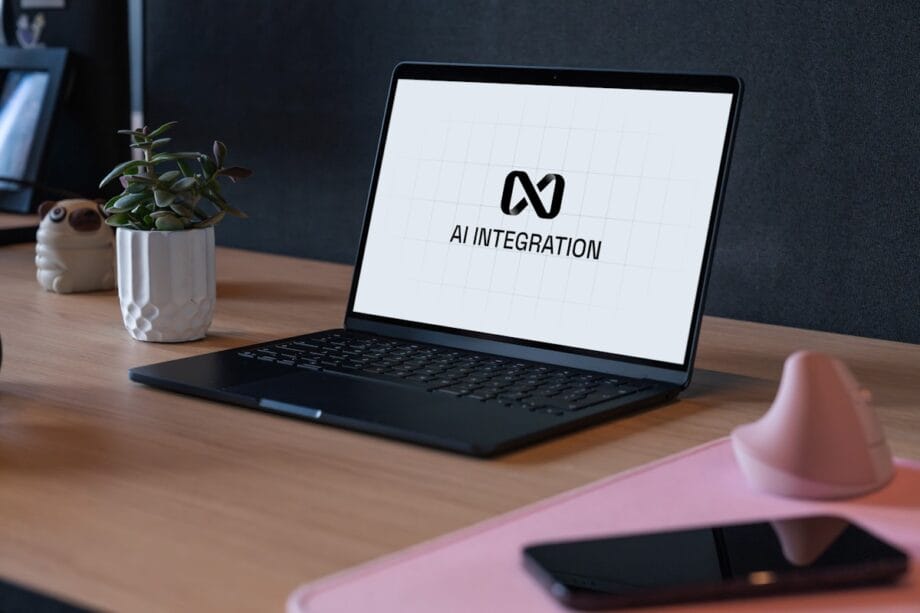Technological Innovations and Educational Reform: A Cautionary Perspective
For over a century, American innovators have urged educators to swiftly embrace emerging technologies. In 1922, Thomas Edison proclaimed that traditional textbooks would soon be supplanted by film strips, asserting that while text offered a mere 2% efficacy, film would deliver a staggering 100%.
Such dubious figures serve as a poignant reminder that exceptional technological prowess does not necessarily translate into successful educational reform.
Whenever discourse around the imperative for educators to hastily adopt artificial intelligence resurfaces, Edison’s audacity comes to mind.
Today’s technologists echo sentiments not dissimilar to his, stressing that educational institutions must swiftly integrate AI to remain competitive in a rapidly evolving landscape.
At the Massachusetts Institute of Technology (MIT), my research delves into the historical and prospective landscape of educational technology. To date, I have not encountered a single educational system—whether nationwide, statewide, or local—that has experienced sustained advantages for students following a rapid adoption of new digital technologies.
For example, the initial school districts that allowed mobile devices in classrooms did not exhibit better outcomes for students compared to those that approached this integration more judiciously.
Neither do first-movers in connecting classrooms to the internet demonstrate distinct benefits in economic progress, educational achievement, or overall well-being.
The efficacy of new educational technologies is intricately tied to the communities that oversee their application. While opening a new browser tab is a trivial task, cultivating an environment conducive to effective learning remains a formidable challenge.
Transitioning to new practices takes years, often requiring educators to develop norms, students to establish routines, and families to adapt their support mechanisms. As AI technology permeates educational spaces, both historical insights and fresh research gathered from K-12 educators and students can illuminate pathways through uncertainties and mitigate potential harms.
Reflecting on Past Overconfidence
I began instructing high school history students on effective internet searching in 2003. At that time, library and information science experts crafted pedagogies promoting critical evaluation of web content, advising students to scrutinize websites for credibility markers: citations, formatting, and “about” pages.
We provided checklists like the CRAAP test—currency, reliability, authority, accuracy, and purpose—as tools for assessment. We cautioned students against using Wikipedia, favoring .org and .edu domains over .com. At the time, these tenets appeared rational and evidence-based.
It wasn’t until 2019 that the first peer-reviewed study revealed that novices employing these widely taught techniques suffered poor performance in discerning truth from fiction online when searching the web.
In contrast, experts utilized an entirely different methodology: engaging in what is now recognized as lateral reading, swiftly comparing multiple sources to gauge credibility. This finding resonated profoundly, revealing that for nearly two decades, educators had been imparting ineffective strategies.
Currently, a burgeoning sector of consultants and so-called “thought leaders” traverses the nation, professing to equip educators with the skills necessary for integrating AI into classrooms. Various national and international organizations have established AI literacy frameworks, asserting their expertise in identifying essential student skills for the future.
Technologists continue to develop applications designed to assist teachers and students in using generative AI for tutoring, lesson planning, writing assistance, or as conversational partners. The evidential backing for these initiatives is remarkably flimsy in comparison to what was available during the conception of the CRAAP test.
A more prudent approach would involve rigorously evaluating new practices and advocating for those supported by substantial empirical evidence. Just like with web literacy, the confirmation of such evidence may take a decade or longer to materialize.
Notably, the current landscape presents a unique challenge. AI, which I have termed an “arrival technology,” differs markedly from prior innovations.
It infiltrates educational settings not through a structured process of adoption akin to acquiring desktop computers or smartboards, but rather by asserting itself indiscriminately, often disrupting existing frameworks. This compels schools into immediate action.
Teachers have conveyed a sense of urgency regarding this matter. A common sentiment echoed by nearly 100 educators across the U.S. is, “Do not make us navigate this landscape alone.”
Three Strategic Approaches for Navigating Uncertainty
In the absence of definitive guidance from the educational science community—a process that will inevitably require time—educators must assume a scientific mindset. I propose three guiding principles for harnessing AI amid uncertainty: humility, experimentation, and assessment.
Firstly, it is vital to consistently remind students and teachers that any initiative pursued in schools—be it literacy frameworks, instructional strategies, or new evaluation methods—represents a best guess.
In four years, students may learn that what they were initially taught about utilizing AI has since been debunked. Therefore, flexibility in thinking is paramount.
Secondly, educational institutions must critically examine their curricula and student populations to determine the types of AI experiments they wish to pursue. Certain segments might encourage innovative exploration, while others may necessitate a more measured approach.
In our podcast, “The Homework Machine,” we interviewed Eric Timmons, a teacher in Santa Ana, California, who specializes in elective filmmaking courses. His students’ culminating assessments involve crafting intricate films that require a range of technical and artistic competencies.
An enthusiast for AI, Timmons integrates these tools in his curriculum, encouraging students to leverage AI for problem-solving throughout the filmmaking process. He expresses confidence, stating, “My students love to make movies… So why would they want to replace that with AI?”
This serves as an exemplary instance of an immersive approach. Yet, I would hesitate to recommend a similar methodology for a fundamental course like ninth-grade English, where foundational writing instruction warrants a more cautious treatment.
Thirdly, as educators embark on novel initiatives, they must acknowledge that local assessments will yield results far more expediently than comprehensive studies. Each time schools implement a new AI-focused policy or instructional strategy, educators should gather corresponding student work produced prior to AI integration.

For instance, if students utilize AI tools for formative feedback on lab reports, it is essential to collect data from lab reports generated before AI was introduced. Then, analyze whether the subsequent reports demonstrate an improvement in desired outcomes, adjusting practices based on findings.
By 2035, collaboration between local educators and the global community of education scientists will yield considerable insights regarding AI in educational settings. We might discover that, akin to the internet, AI presents certain risks but also immeasurable value, leading us to continue its integration in schools.
Alternatively, it may echo the complexities of cellphones, where detrimental effects on well-being and learning outweigh potential benefits, necessitating stringent regulations.
The urgency surrounding generative AI is palpable throughout the educational sector. However, it is not a race to produce immediate answers that we require; rather, it is a race to attain accuracy and reliability.
Source link: Yahoo.com.






